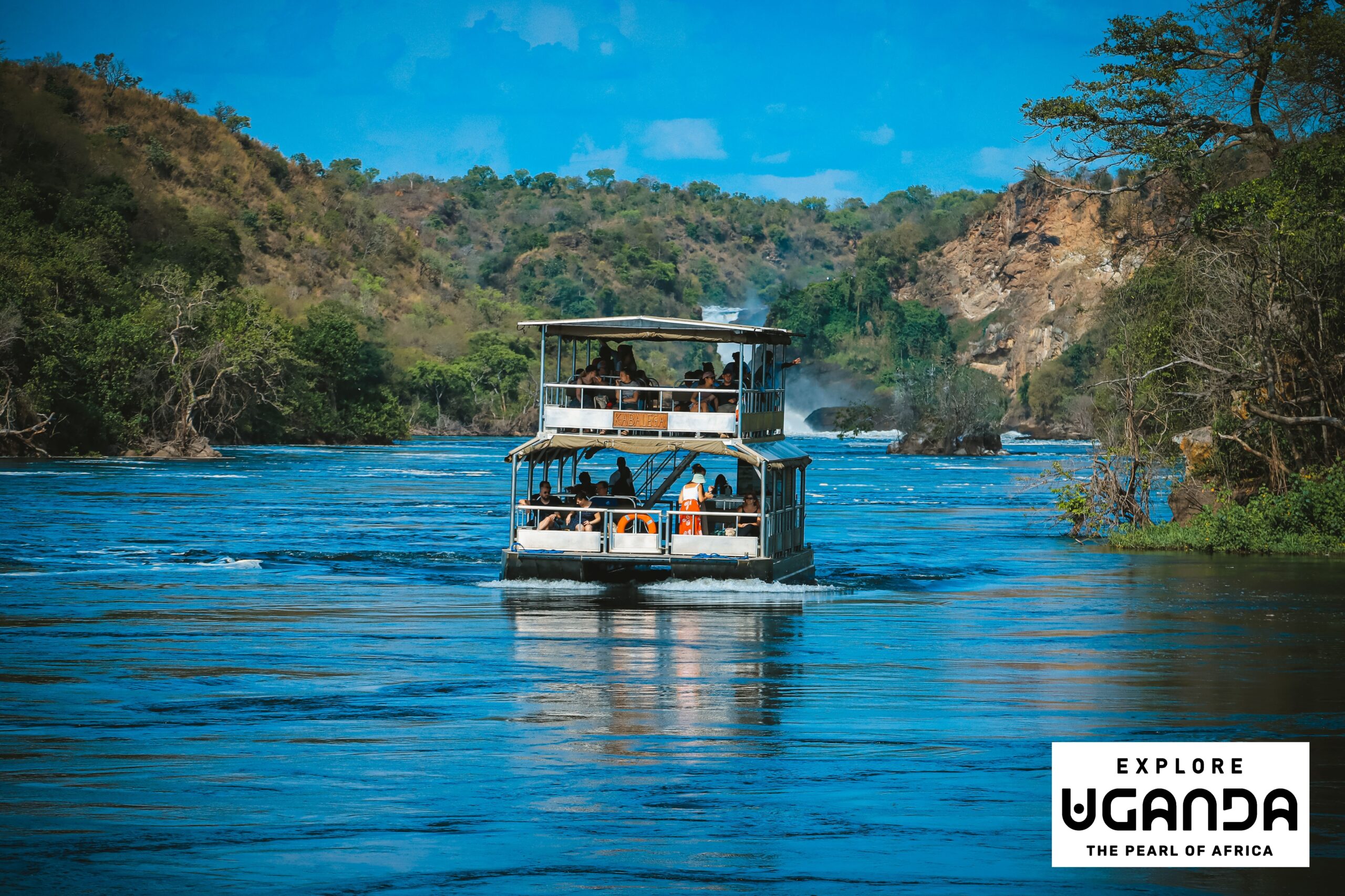For decades, holidays were about doing nothing at all. You’d book a beachside resort, switch off your phone and spend the week napping in the sun.
This version of rest still has its charm, but more people are beginning to crave something different. They want to feel energised when they return home, not sluggish.
This shift has given rise to active tourism and fit getaways, types of travel focused on movement and health rather than stillness. Instead of escaping life, these travellers are using their holidays to enhance it.
What Is a Fit Getaway
A fit getaway is a trip designed around physical activity, health and well-being. It is meant to benefit your body and mind.
Wellness travel is projected to expand by 14.7% annually through 2027, indicating a major surge in the industry.
A fit getaway could mean spending your mornings doing yoga by the ocean, hiking through a national park, cycling through vineyards or taking part in a fitness boot camp.
Many fit getaways also include nutritious meals, mindfulness sessions and time for relaxation, so you can recover between activities. It’s about finding balance and returning home feeling renewed.
 The Growing Popularity of Active Tourism
The Growing Popularity of Active Tourism
Active tourism has been growing rapidly as more people look for meaningful and fulfilling travel experiences.
Instead of lying still for a week, travellers now want to explore, learn new skills and connect with nature.
After long hours of desk jobs, screen time and busy city life, it’s no surprise people crave a more authentic form of rest.
This type of travel is also appealing because it allows people to see the world in a more immersive way. A walk through a rainforest, a diving lesson in crystal-clear water or a long-distance bike ride across a scenic route offers a level of connection and adventure lounging by a pool can’t match.
There are several reasons why travellers have shifted away from purely restful vacations.
- Better mental health: Physical activity triggers endorphins, improving mood and reducing stress. It also helps combat anxiety and the feeling of burnout many people experience before going on vacation.
- Deeper connection with nature: Activities like hiking, kayaking or outdoor yoga allow travellers to fully engage with their environment, which can be grounding and restorative.
- A sense of accomplishment: Completing a hike, learning to surf or mastering a new skill provides a sense of purpose and achievement, making the trip more memorable.
- Stronger social connections: Many fit getaways are done in groups, whether it’s a yoga retreat or a guided trek. This shared experience often leads to new friendships and a sense of community.
For many people, being active during their time off actually helps them feel more rested. The physical effort clears their mind, releases tension and creates a more lasting sense of calm compared to passive relaxation alone.
 How to Combine Fitness and Relaxation
How to Combine Fitness and Relaxation
Fit getaways are appealing because they don’t completely eliminate rest. Many wellness resorts offer a combination of physical activity and peaceful downtime.
You might start your morning with a guided hike, enjoy a healthy breakfast, spend the afternoon in a spa and then end the day watching the sunset with a quiet meditation session.
This approach reflects a broader shift in how people view self-care. It’s not just about pampering yourself but nurturing your whole self. This means moving your body, feeding it well and giving it time to relax and heal.
Many travellers also learn the value of active rest days during these trips. Activities like gentle stretching, nature walks or restorative yoga help the body recover while keeping you engaged.
Taking time to rest actively prevents burnout and allows you to return to your workouts with more strength and focus.
Technology also plays a role in the rise of active tourism. Fitness trackers, smartwatches and health apps make it easier to stay mindful of activity levels and progress during a trip.
However, many travellers use these getaways as an opportunity to disconnect by turning off their phones, avoiding emails and focusing on being present.
Mindfulness and mental health are now central themes in many fit getaways.
Whether through guided meditation, digital detox programs or spending more time outdoors, slowing down and moving intentionally can be more restorative than lying still.
 Are Rest and Relaxation Holidays Disappearing?
Are Rest and Relaxation Holidays Disappearing?
Traditional rest-focused vacations aren’t disappearing, but their role is evolving.
Some 68% of Gen Xers travel to relax, while 60% of millennials aim to recharge while traveling, so there’ll always be times when people need to rest completely, especially after periods of stress or exhaustion.
However, the growing popularity of active tourism suggests travellers are beginning to see rest differently.
Instead of defining relaxation as doing nothing, they see it as doing something to restore themselves. This could mean stretching, swimming, walking or a boot camp. The modern traveller wants to return home feeling refreshed and ready to face daily life.
Fit Getaways Are the New Way to Recharge
Whether it’s a week-long yoga retreat in Bali, a hiking trip through Patagonia or a cycling tour across Italy, people are prioritising how a trip makes them feel over how luxurious it looks.
Fit getaways are redefining what it means to take a break as more people look for ways to reconnect with themselves, with nature and with a sense of long-lasting balance.
The next time you plan a holiday, consider how you want to feel when you return.
If you crave clarity, strength and a deeper connection to yourself, a fit getaway might be exactly what you need.
https://www.facebook.com/bodymindmag/









